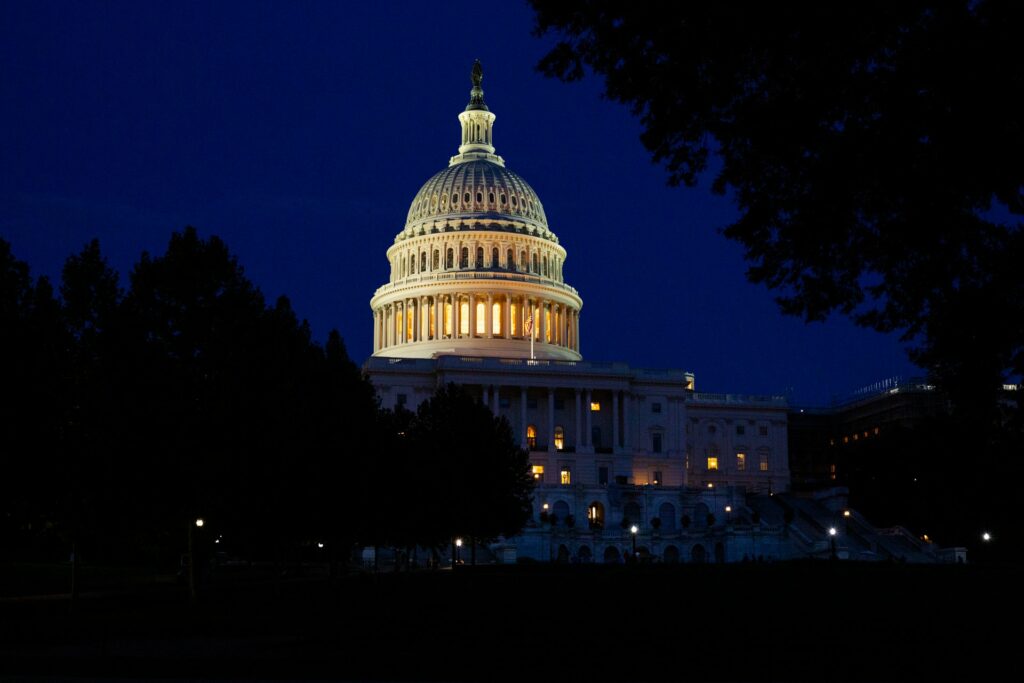
Key takeaways:
- Fed Chairman Jerome Powell appeared before the House Financial Services Committee to give his semi-annual report on monetary policy.
- He argued for stricter stablecoins regulation, similar to that of regulation of comparable financial instruments in the finance sector.
- Powell was asked about Tether and reiterated that stablecoins should be treated the same way as very liquid commercial paper investments.
The U.S. Federal Reserve (Fed) chairman appeared before Congress and shared his opinion before the representatives that the regulation on stablecoins should resemble that of bank deposits and other similar traditional monetary instruments. The most recent statement echoes the sentiment of the current US administration, which is also lobbying for additional regulatory measures for stable digital currencies.
Powell likened stablecoins to money market and bank deposits
Stablecoins are distinct digital assets that have their value pegged to certain currencies, digital assets, or a basket of various real-world or digital assets. The main idea behind the use of stablecoins is that they are pegged to keep their price from fluctuating, enabling flexible usage and easy transfers of funds while retaining flexibility and transparency of digital currencies.
“If they are going to be a significant part of the payments universe, which we don’t think crypto assets will be, but stablecoins might be, then we need an appropriate regulatory framework, which frankly we don’t have”, Powell argued about stablecoin regulations before the House Financial Services Committee.
During the meeting, Ohio Republican representative Anthony E. Gonzalez inquired about the most valuable stablecoin Tether, which has over the years gained a somewhat nefarious reputation due to suspected shady practices of its parent company Bitfinex. Some years ago, Tether claimed that all of its tokens were backed by a physical dollar in a bank somewhere but has since retracted the statement. The firm has since said that most of the backing was in the form of debts and commercial papers. Tether’s parent company Bitfinex ended a prolonged legal procedure, receiving an $18.5 million fine by the New York State.
The United States is still reviewing the STABLE act
Powell was also asked to outline the approaches that the body is taking on certain monetary policies. He pointed out that if they are going to regulate stablecoins, it will take a new legal framework that the body doesn’t possess at the moment.
Another approach to stablecoin regulation is via the so-called Stable Act. The Stable Act is a law proposal, which if put into effect, would introduce new guidelines for companies that issue stablecoins. The companies would be required to file for a U.S license. After getting licensed, they would have to be backed by the Fed. It would also mean that no company would be able to carry out any activity related to the issuance of stablecoins without the say-so of the Fed.
First proposed in November 2020, there have been no further developments pertaining to the Stable Act since January 2021. However, there is a high likelihood that the law will eventually resurface, perhaps under a different name, which is a common practice in the US legislative process.



